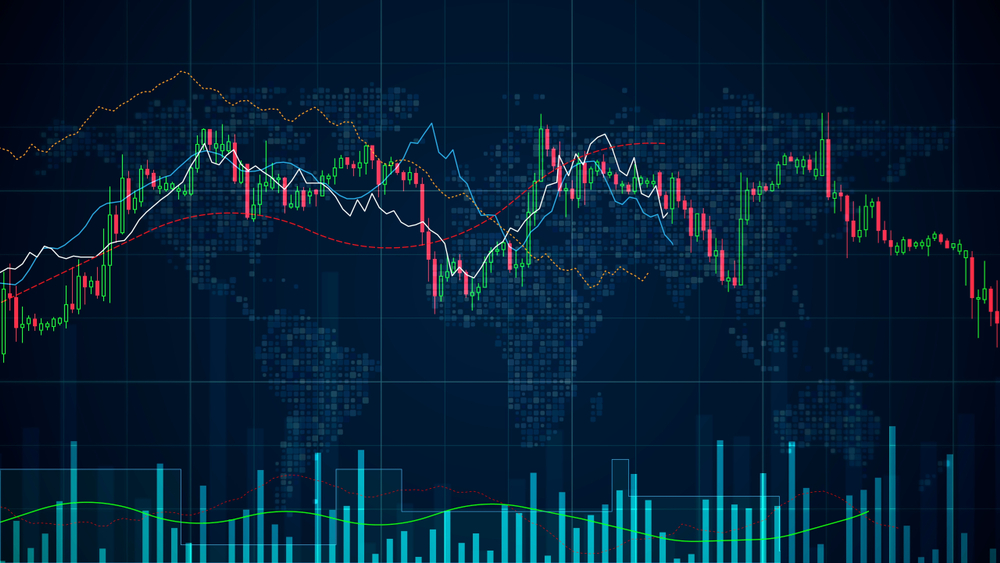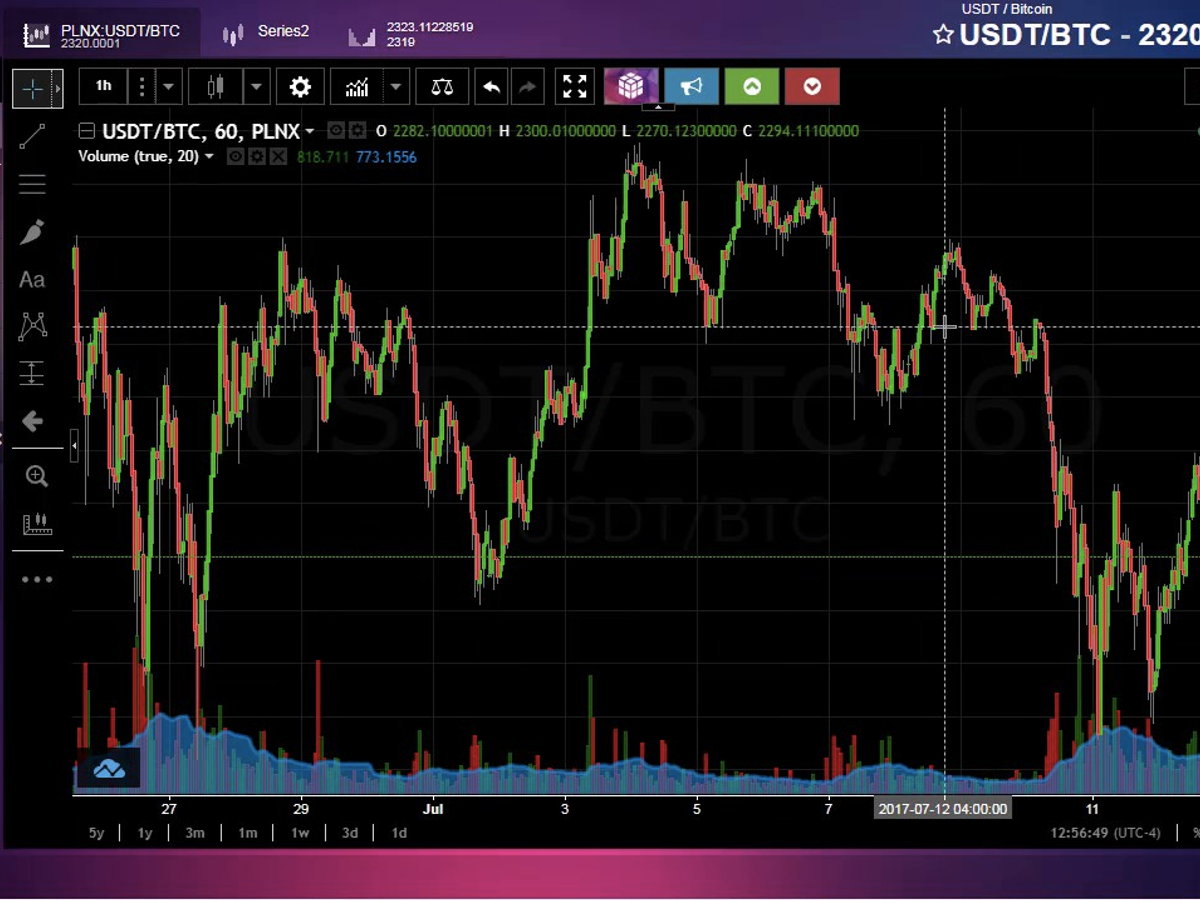Strategies for Successful Trading
Trading in the stock market is an exciting yet daunting activity. What attracts people most in trading is significant gains, but it is a complex task, complete of risks. One needs to be adopted, with well-thought trading strategies in doing that. This guide elaborates on essential strategies for successful trading, offering insights and techniques to enhance your trading skills and maximize your profit.
Strategies for Successful Trading
Trading in the stock market is an exciting yet daunting activity. What attracts people most in trading is significant gains, but it is a complex task, complete of risks. One needs to be adopted, with well-thought trading strategies in doing that. This guide elaborates on essential strategies for successful trading, offering insights and techniques to enhance your trading skills and maximize your profit.
Strategies for Successful Trading
Trading in the stock market is an exciting yet daunting activity. What attracts people most in trading is significant gains, but it is a complex task, complete of risks. One needs to be adopted, with well-thought trading strategies in doing that. This guide elaborates on essential strategies for successful trading, offering insights and techniques to enhance your trading skills and maximize your profit.
Strategies for Successful Trading
Trading in the stock market is an exciting yet daunting activity. What attracts people most in trading is significant gains, but it is a complex task, complete of risks. One needs to be adopted, with well-thought trading strategies in doing that. This guide elaborates on essential strategies for successful trading, offering insights and techniques to enhance your trading skills and maximize your profit.

Understanding the Basics
Before getting into the specific strategies, one must first understand the trading basics. Trading means selling and buying financial instruments—stocks, bonds, commodities, or currencies—to make a profit. Traders can broadly be divided into two categories: day traders and long-term traders. Day traders buy and sell stocks and close out positions before the market closes on the same day. In contrast, long-term traders hold positions for weeks, months, or even years before liquidating their security positions to make their profit from that particular investment.
Building a Trading Plan
A trading plan becomes the foundation of successful trading. It defines what you want to achieve, how much risk you are willing to take, and the strategies to use. The following elements should be included in a good trading plan:
Goals and Objectives: State what one expects to get out of trading. Whether it is supplemental income, wealth attraction, or saving up for something specific, having clear objectives will guide your decisions when trading.
Risk Control: Decide the amount of capital you are ready to risk in every trade. A general rule is never to risk more than 1-2% of your trading capital on one trade. That enables one to avoid significant losses that can drain an account.
Trading Strategies: Identify and document what strategies you’re going to use. This includes entry and exit points, indicators, and tools you will rely on.
Technical Analysis

Trading in the stock market is an exciting yet daunting activity. What attracts people most in trading is significant gains, but it is a complex task, complete of risks. One needs to be adopted, with well-thought trading strategies in doing that. This guide elaborates on essential strategies for successful trading, offering insights and techniques to enhance your trading skills and maximize your profit.Technical analysis is one of the most popular trading methods, especially among traders considering price charts and other indicators to predict future price movements. The significant elements include:
Support and Resistance Levels: These are usually price pivot levels at which the security tends to stop, then reverse. In support, securities find buying interest; in resistance, they meet selling pressure. These levels are vital in helping traders make informed decisions about entry and exit points.
Moving Averages: These are used for smoothing price data and for detecting trends. The two common moving averages are the simple moving average and the exponential moving average. Moving averages identify trend reversals and thus create a buy or sell signal for traders.
Relative Strength Index: The RSI indicates the velocity or rate of change in security price movement. It ranges from 0 to 100. When this reading hits a top value higher than 70, it is considered an over-bought condition. Conversely, when this reading falls less than 30, it is said that the security is oversold. Traders use the RSI to pinpoint places of potential reversals.
Fundamental Analysis

Contrarily, while technical analysis focuses on price movement, fundamental analysis clues into the financial health and market position of a company. The most vital constituents in fundamental analysis include:
Earnings Reports: Quarterly earnings reports give insight into a company’s profitability, revenue growth, and other financial information. Indeed, good earnings reports can push up stock prices just as converse reports can lead to declines.
Economic Indicators: Macroeconomic factors, including GDP growth, inflation rates, and employment data, can change stock prices. Traders need to keep abreast of the economy and its possible impacts on the market.
Industry Trends: The broad industrial context will make traders better placed to make effective decisions. For example, if, on the global scene, technology shares are booming, it would then be a better decision to invest in tech stocks.
Risk Management

The central backbone for long-term trading success is effective risk management. Some of the essential techniques in managing risk include:
Stop-Loss Orders: A stop-loss order is an instruction to sell a security when its price reaches a certain level, thereby limiting the potential loss. This contributes to avoiding selfish emotional decisions and damaging actions by the trader when sticking to a trading plan.
Position sizing is the amount of capital that one should put into a trade. This helps in controlling risk due to the fixing of some percentage of trading capital that should be put into trading and avoidance of heavy losses.
Diversification: There is not only the diversification of your portfolio but also reduced risk across diversified asset classes and sectors. If any one investment turns out wrong, the gains from areas within will help to offset that loss partly.
Psychological Factors in Trading:
Trading success lies not just in strategies and types of analysis but also in its ability to manage one’s emotions and enforce discipline. Common challenges to one’s psychology include:
Fear and Greed: The fear of a loss may make any individual miss many opportunities. Greed may lead to overtrading and thus increase the risks. Both emotions should be realized and controlled for rational trading decisions.
Patience and Discipline: This is very important—to stick to your trading plan and be patient. Typically, impulsive decisions in the face of a formulated trading plan are based on short-term market movements and result in losses.
Confidence: Confidence is a key element in trading strategy formulation and execution, but it should not be exaggerated. A continuous process of learning and reviewing assumes an appropriate balance within oneself.
Trading Strategies

It can be done based on several trading strategies depending upon an individual’s trading style, the current market scenario, and one’s risk tolerance. Here are some popular trading strategies :
Scalping: This strategy involves numerous small daily trades to capture tiny price movements. It requires quick decision-making and a high degree of concentration.
Day Trading: The day trader receives or sells stock in the same trading day to bear on short-term fluctuations in price—needs some good understanding, like knowledge of the market trend and technical analysis.
Swing Trading: The swing trader holds their position for days or even weeks, as is deemed necessary, to gain profits from price swings. This strategy.Established a mix of technical and fundamental analysis to find the possible entries or exits for the trade.
Position Trading: The strategy involves holding positions for months or even years. The approach relies primarily on fundamental analysis and thus is fit for investors with a longer time horizon.
Tools and Resources
Equipping yourself with the proper tools and resources may give you a tremendous advantage in trading efficiency and in actually performing the trades. These include some essential trader tools:
Trading Platforms: Look for a trading platform that provides advanced charting, live data streaming, and ease of use. For example, you can opt for MetaTrader, Thinkorswim, or TradingView.
Economic Calendars: There are calendars that have data about future economic happenings or releases which has the potential to impact the market. Knowing such events puts a trader in a better position to prepare against any market movement.

News Services: Aptly involve standard financial news services that will help in keeping up-to-date on market developments, company news, and economic indicators. Such services include the likes of Bloomberg, Reuters, and CNBC.
Trading Journals: This can help keep track of trades and profits materialized with an added functionality of analyzing performance and realizing areas for improvement. Having a trading journal makes one document trades and the logic behind them so that better decisions can be made with time.
Continuous Learning and Adaptation The stock market is very dynamic. Every trader who succeeded in trading did it by learning and changing themselves. Some of the ways to improve your trading knowledge include: Reading Books: There are several books on trading strategies, technical analysis, and psychology about the stock market. Some all-time classics in this regard include “The Intelligent Investor” by Benjamin Graham and “A Random Walk Down Wall Street” by Burton G. Malkiel.
Networking with Other Traders: Joining trading communities and forums helps to share one’s ideas and learn from other traders’ experiences. One might gain new insights and perspectives toward the outlook on the market by networking. The Bottom Line Successful trading is a combination of knowledge, strategy, and discipline combined.
Conclusion
The Bottom Line Successful trading is a combination of knowledge, strategy, and discipline combined. Traders who have good basics, have created a bulletproof trading plan, and have deployed effective risk management techniques relevant to the chosen system tend to work toward success more than the other traders. One needs to learn enduringly and adapting to changing market conditions and scenarios constantly. Whether you’re new to trading or looking to rev up your existing system, these strategies and insights can help you achieve your trading goals for maximum profit.

